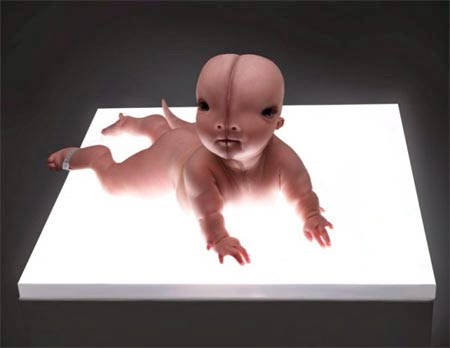


The elucidation of mechanisms that retroviruses use to infect cells, coupled with the advent of molecular biology, were important milestones that helped to develop gene transfer technologies that made the field of gene therapy possible. Currently, there are an array of monogenic diseases ( ) known to occur due to gene mutations that lead to loss of proteins or production of proteins with altered function, such as severe combined immunodeficiencies (SCIDs), Wiskott–Aldrich syndrome (WAS), chronic granulomatous disease (CGD), cerebral adrenoleukodystrophy (CALD), metachromatic leukodystrophy, hemoglobinopathies, like β-thalassemia and sickle cell disease (SCD), and epidermolysis bullosa among others. For example, global efforts such as the Human Genome Project coupled with next-generation sequencing technologies allow routine use of whole-genome and exome sequencing to interrogate patient genomes. However, no such effect was found in the two girls treated in Cologne.Īdvances in modern genetics have greatly simplified the detection and characterization of patient genomes, thus allowing more precise diagnosis of genetic diseases. Shope and colleagues after infection with the virus. This followed observations of long-term decreased serum arginine by E. The therapeutic concept was based on the idea that the disease might be ameliorated by the viral arginase. In fact, already in 1970 a relatively unknown (since unsuccessful) attempt to treat inherited arginase deficiency using Shope papilloma virus was carried out in Cologne. Soon thereafter and even before the first human gene was cloned, first attempts to use gene therapy in the clinics were made. The concept of treating inherited diseases by gene therapy was developed in the mid-1960s by Nobel laureates J. This seminal discovery laid the foundation for later work by Avery, McLeod, and McCarty that revolutionized modern biology by demonstrating that DNA, and not proteins as widely believed at the time, is responsible for transfer of genetic traits. German physicians and scientists have a long history of contribution to gene therapy that can be traced back to the fundamental findings of Walther Flemming, whose microscopic analyses of cell division in the 1870s led him to coin the term “mitosis,” in which he described chromatin changes during nuclear division. This may involve addition/replacement of missing genes, transfer of corrected or protective genes, repair of defective genes, or removal of disease-causing genes. Gene therapy is a molecular medicine approach that can be used to treat patients with inherited diseases, such as those caused by gene defects in monogenic diseases, as well as to treat acquired diseases, such as cancer and severe infections. Research groups in Germany made, and continue to make, important contributions to the development of gene therapy, including design of vectors and transduction protocols for improved cell modification, methods to assess gene therapy vector efficacy and safety (e.g., clonal imbalance, insertion sites), as well as in the design and conduction of clinical gene therapy trials. As the topic of this special issue is “Spotlight on Germany,” the goal of this review is to provide an overview of contributions to this field made by German clinical and research institutions. The advancement of gene therapy with integrating retroviral vectors continues to depend upon world-wide efforts. While gene therapies were originally most often used to treat monogenic diseases and to improve hematopoietic stem cell transplantation outcome, the advent of genetically modified immune cell therapies, such as chimeric antigen receptor modified T cells, has contributed to the increased numbers of patients treated with gene and cell therapies. Gene therapy can be used to restore cell function in monogenic disorders or to endow cells with new capabilities, such as improved killing of cancer cells, expression of suicide genes for controlled elimination of cell populations, or protection against chemotherapy or viral infection.


 0 kommentar(er)
0 kommentar(er)
